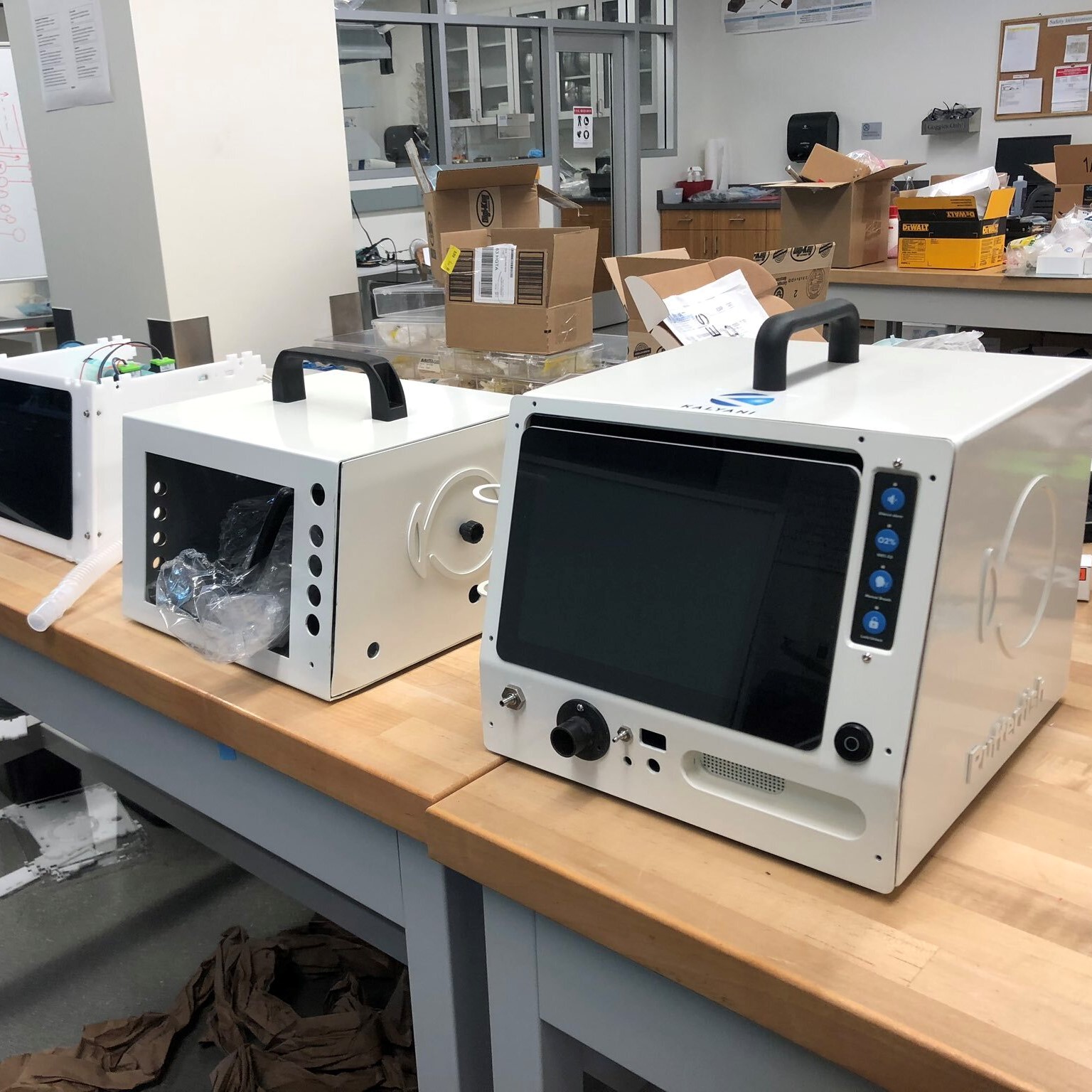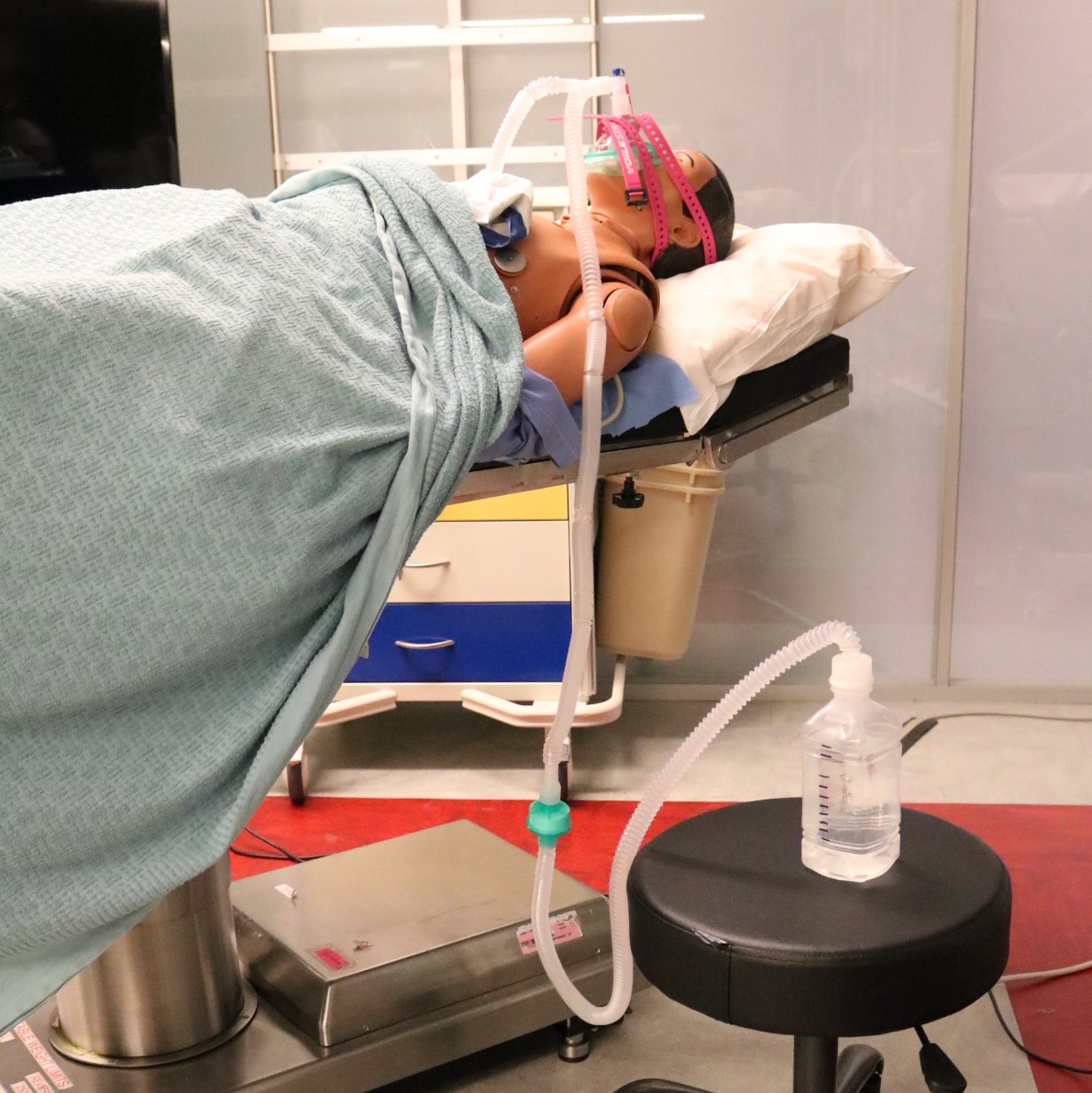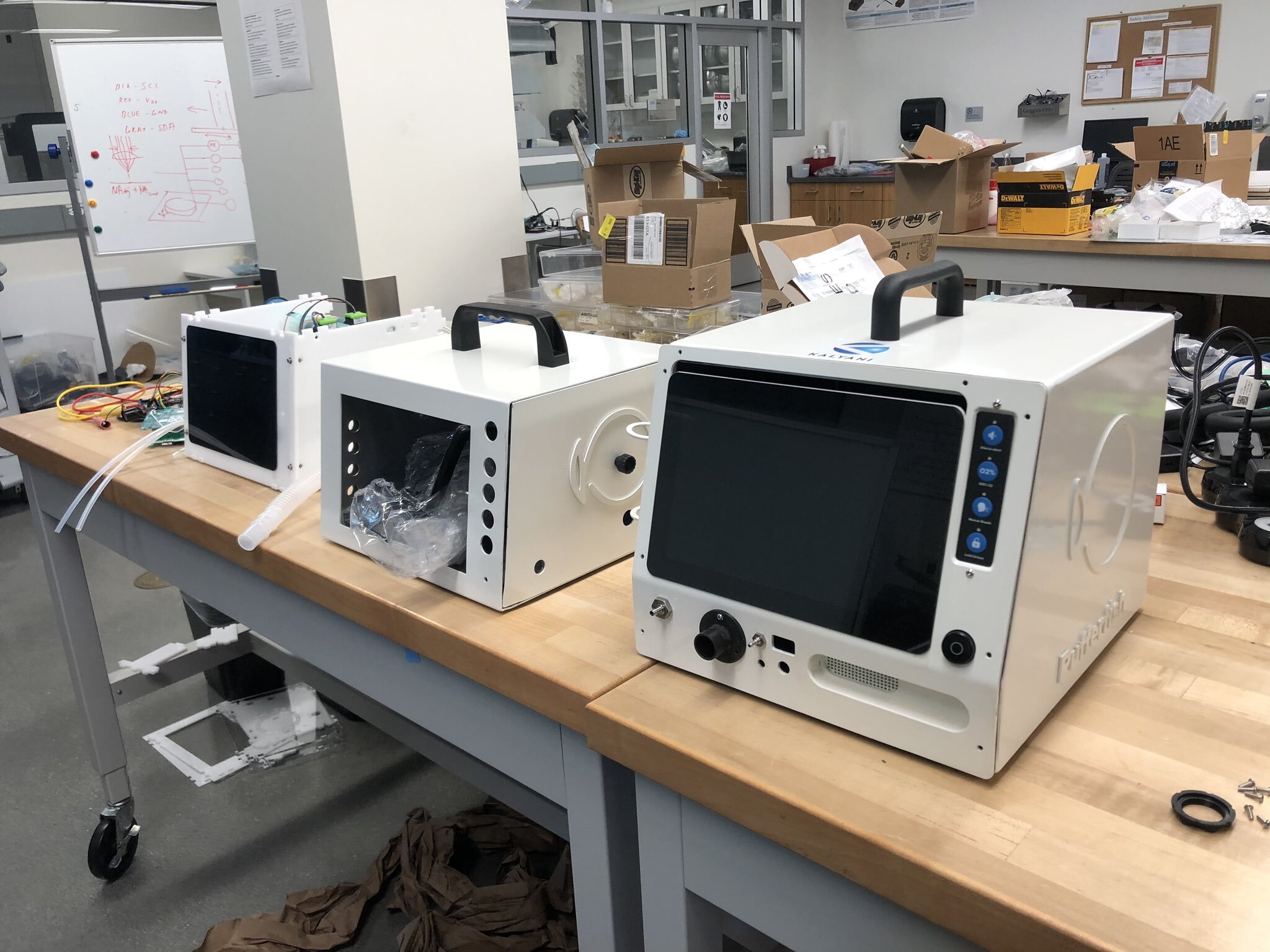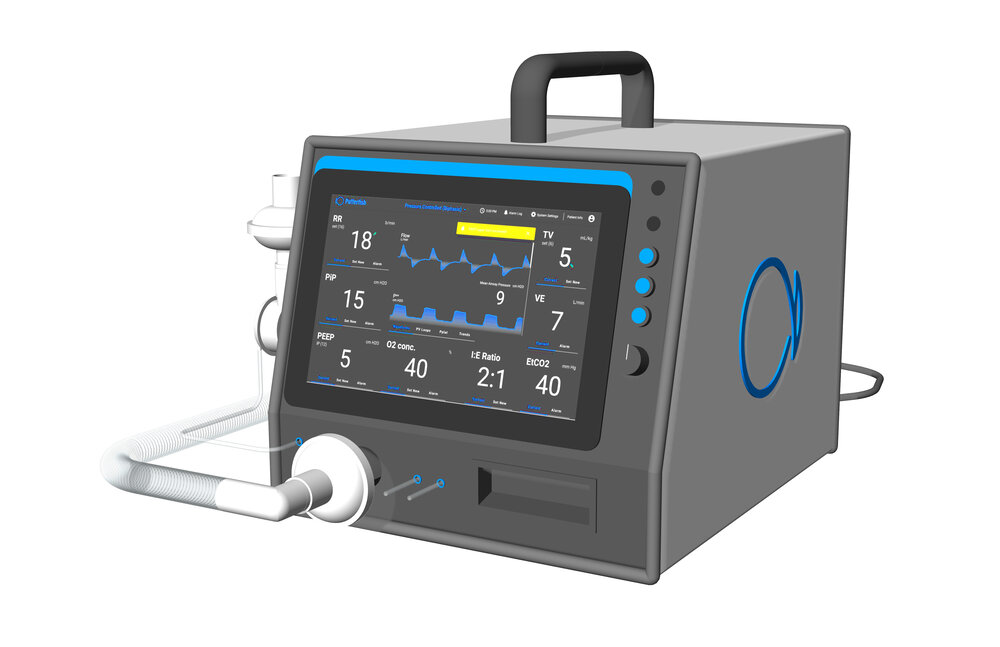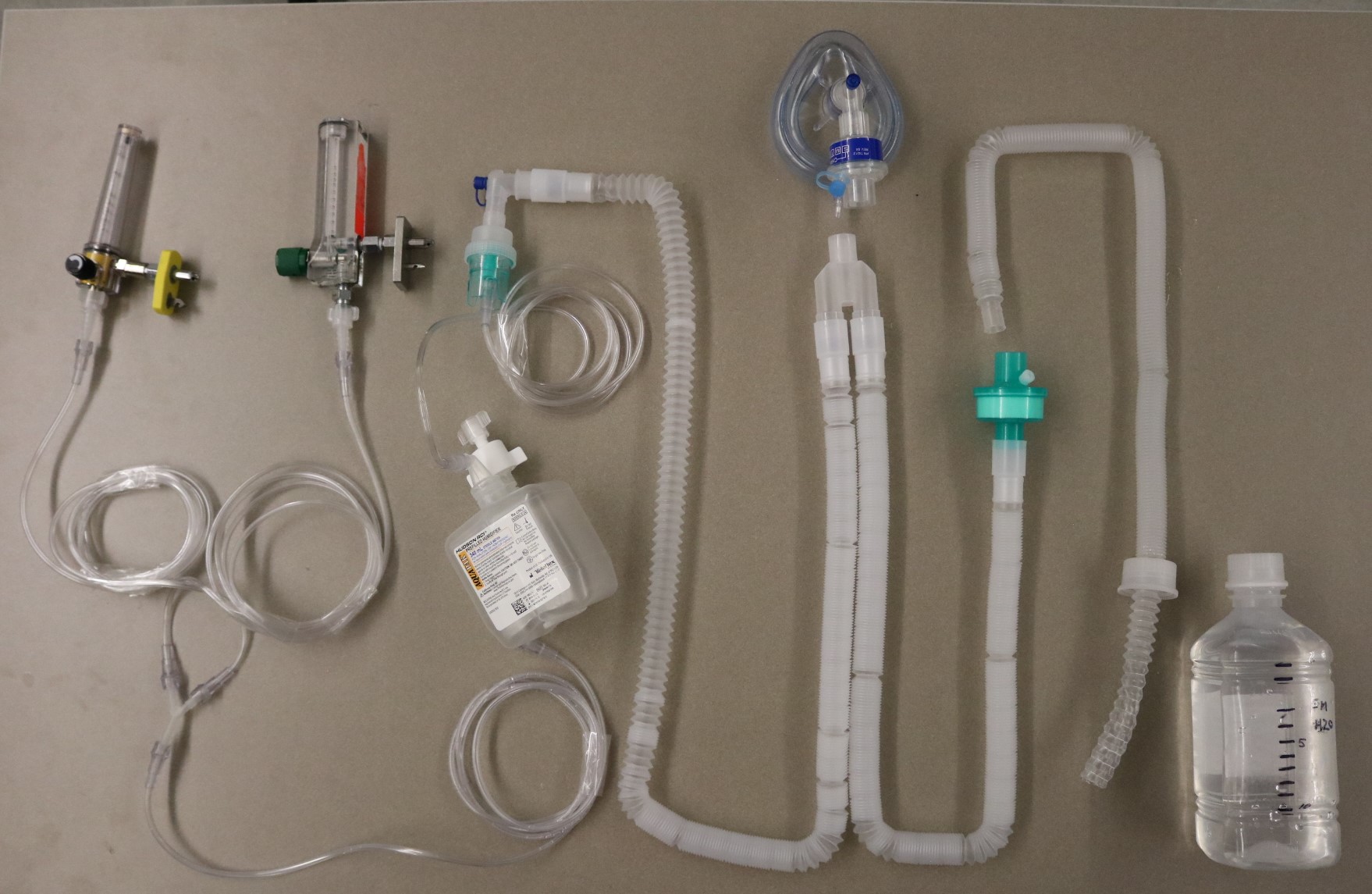This page provides an overview of the Medical Technologies projects developed by CMI in response to these challenges, representing the continually evolving understanding of how to best protect health care professionals from novel coronavirus and better control its transmission.
Medical Technologies
PUFFERFISH VENTILATOR FOR LOW-RESOURCE SETTINGS
|
|
|
CHALLENGE |
|
| Many health care providers around the world are facing a surge of COVID-19 patients. In low-resource settings, treatment options such as high flow oxygen therapy and mechanical ventilation are limited or unavailable. With additional demand for these treatments, providers may face extremely difficult situations for providing patient care. | |
RESPONSE |
|
| A multi-institution collaboration, the Pufferfish Ventilator was designed by University of Utah researcher Dr. Kai Kuck, PhD, and partners at Stanford and Brown Universities to serve as an open-source, full-featured ICU ventilator. The CMI acts as a design and implementation consultant for use in low-resource settings. Designed with rapid manufacturability in mind, the Pufferfish Ventilator supports VC-AC, PC-AC, VC-SIMV, PC-SIMV and PSV/CPAP ventilation modes. Adaptive modes are currently being added. | |
PROJECT STATUS |
|
|
The ventilator is in the early manufacturing stage and has been adopted by teams in Nepal, Kenya, and India, to address severe ventilator shortages in these countries. An FDA Emergency Use Authorization application is being prepared. |
|
NONINVASIVE VENTILATION SYSTEM USING IN-ROOM OXYGEN
|
|
|
CHALLENGE |
|
|
Use of Noninvasive Positive Pressure Ventilation (NIPPV) in patients experiencing acute respiratory distress is associated with an up to 50% reduction in endotracheal intubation and mechanical ventilation and is associated with a reduction of time on ventilators. In resource-limited settings, mechanical ventilation may not be available. |
|
RESPONSE |
|
| An effective NIPPV system can be constructed utilizing common respiratory medical equipment and standard medical airflow to create a “Bubble Continuous Positive Airway Pressure (CPAP)” system. Implementing this system eases demand for mechanical ventilation, freeing up additional equipment and labor in resource limited settings. | |
PROJECT STATUS |
|
|
Successful demonstrations of the Bubble CPAP system have been provided to UU leadership for planning purposes. Additional training materials have been developed for rapid implementation if required. |
|

